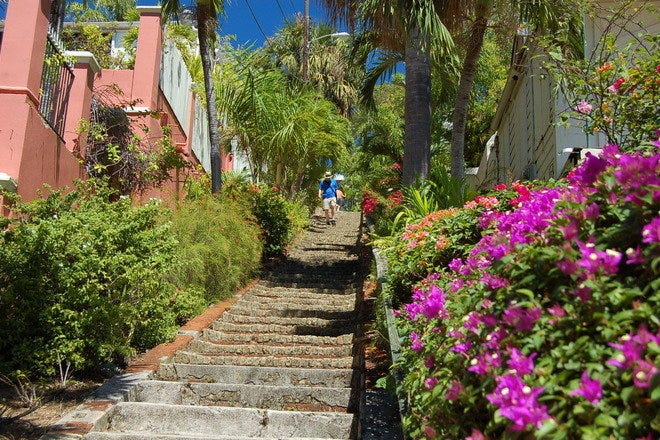Caribbean Architecture is known for many things. Like the island’s history, its influences go back centuries when different practices and design trends were utilized to accomplish what some modern-day technology has replaced and climate has impacted. Through it all, we are still able to walk through downtown Charlotte Amalie and see the signature signs of Caribbean Architecture in its most natural forms. I connected with my friend Kevin Qualls from Springline Architects to dig into more information on what architecture is like in the Caribbean. Kevin is a master in his craft and a board member of the St. Thomas Historical Trust, an organization dedicated to preserving St. Thomas’s history, sites, and culture. Kevin’s background and experience bring a unique perspective on what makes true Caribbean Architecture.
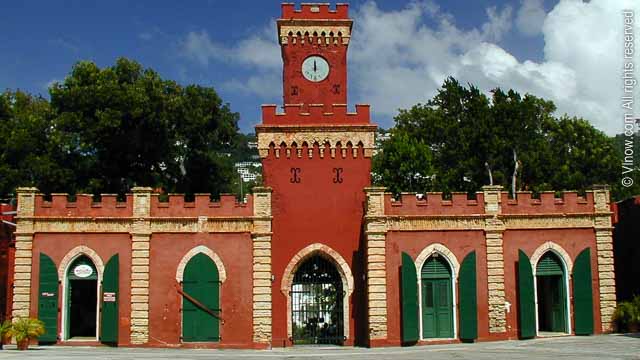
Caribbean Architecture as It Pertains to The Climate
Each structural and characteristic feature of the Caribbean and its buildings plays a large part in addressing issues like light, heat, airflow, and resistance to hurricanes.
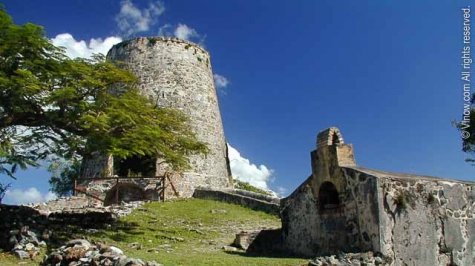
- Historic Building Design Features
Historic structures on the island have specific features that showcase a different time in an exotic place. Places like Annaberg Plantation Ruins on St. John have giant arched windows that open and flare out, while some other older buildings in downtown have thicker walls that tend to be wider at the bottom than the top of the building.
Another unique structural element in many mass masonry buildings is larger-scale windows that are half the proportions of the walls.
All of these details work together to help make living and interacting with the spaces more comfortable. Many structures are made out of stone and brick and stonework that are thick enough to hold themselves up and give excellent insulation, while high ceilings or open rafters help keep spaces cooler.
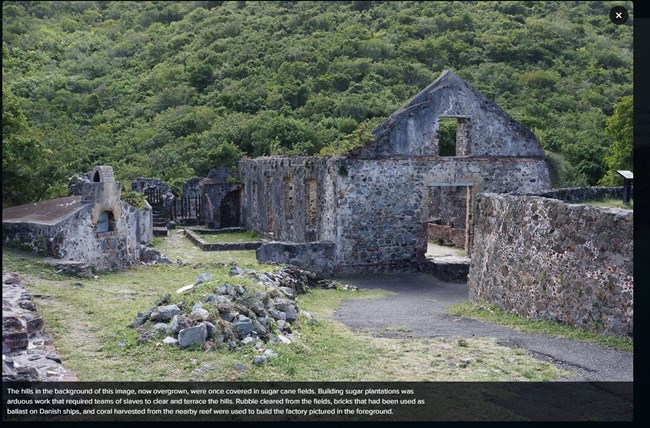
-
Today’s Relaxing Porches
Another way we like to stay cool on the island is by relaxing in the shade. If it is a breezy day and you’re under a covered patio, you will be perfectly comfortable. If it’s a sunny and a decently blustery day, you will definitely want to find some shade. This is why covered porches are so popular in the Caribbean. Of course, with a covered porch comes larger overhangs for roofs and patios, making them susceptible to hurricanes.
Kevin explains how the engineering of porches has evolved over the years and how we have learned to adapt after significant weather events. Porches are now commonly configured to be a separate structure from the home to protect the primary roof. The roof over the house’s interior is tied to the exterior of those walls, while the porch roof is then connected to that primary structure and is not as steep. This provides a beautiful yet functional and practical solution for any inclement weather.
Caribbean Architecture as It Pertains to History and Location
1. Window Trends and Designs
Windows can sometimes be a tricky piece of the puzzle. Kevin expresses how we sometimes ask things of windows that are in theory contradictory. We want them to be able to give us those gorgeous island views but also keep wind and rain out. One window style that is very prominent in the VI is the Jallacie window style. Traditionally made from hardwood, the modern style with glass louvers is seen all over the island today. They are large and open enough for great views and breeze but also keep out rain and pests.
2. Unique Island Materials
What is also interesting and unique about Caribbean Architecture are the materials used to form the building structures. For example, yellow brick from St. Croix has become a hallmark of that island, while the blue granite of St. Thomas, which is what the island is literally made of has become a signature of both St. Thomas and St. John as you can see in the above photos from the Annaberg ruins. Let’s also not forget the Mahogany that used to grow everywhere here and still does but in smaller amounts, making its appearances something to behold and giving our homes that unique Caribbean feel.
3. The Most Considerable Influence in Caribbean ArchitectureWhile there is a powerful blend of cultures in Caribbean architecture, many styles are borrowed, but there is a strong Spanish influence that can be seen through the many building designs. In other parts of the VI, you can also see the hidden gems of specific periods in the island’s history.
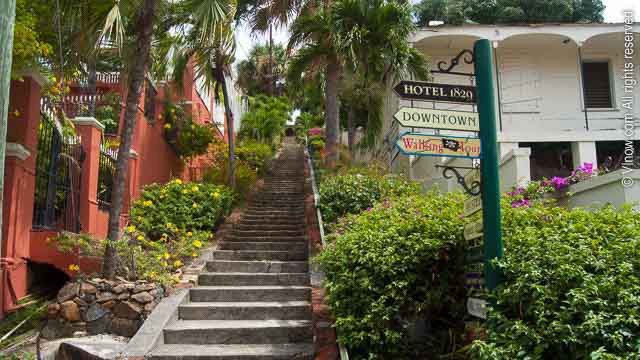
A great deal of ironwork was commissioned in New Orleans, which brings ties and Cajun nuances to the Caribbean as well as the Carolinas. The VI would not have been a US territory at that point, but all of this feeds into what is uniquely the Virgin Islands and makes the VI special and different from other Caribbean islands. VI pride is very real, and while we are Caribbean people, it’s important to note that each island is its own nation with its own story and perspective.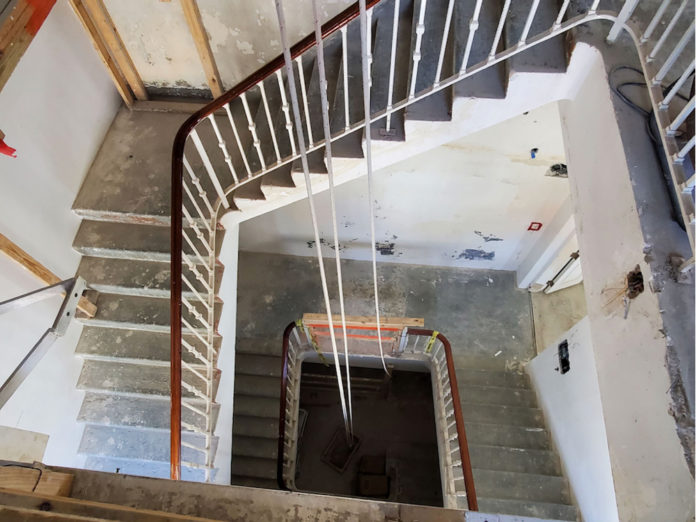
There is so much incredible history behind St. Thomas and its architecture, and we support the preservation of all the things that make the Virgin Islands so special to so many who live and visit here.
The St. Thomas Historical Trust honors and conserves the originality of St. Thomas that you can witness by enjoying tours of downtown or offshore excursions. Supporting organizations like the St. Thomas Historical Trust ensure that the authenticity and experience of St. Thomas can be enjoyed for generations to come. You can also show your support by visiting Kevin and his team on their website and by connecting with them via Facebook.
We hope you’ve enjoyed reading about the background and connections that the VI has rooted in its iconic architecture and rich history. With the survival of Caribbean Architecture, the significant influences and inspiration will continue to provide the foundation for the VI and its architecture for many years to come.









